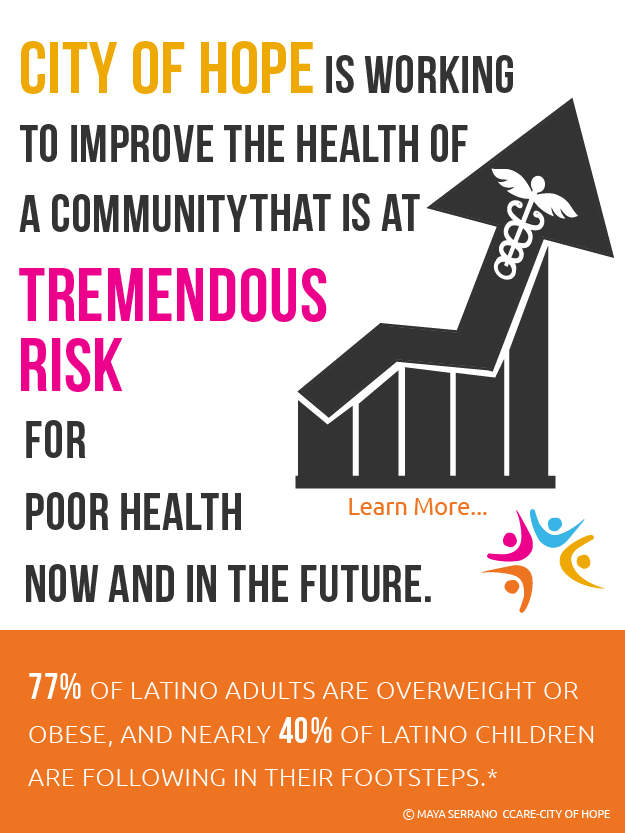
Diet High In Red Meat Linked To Higher Diabetes Risk
09/21/2015 01:17PM | 7102 viewsPeople who increase the amount of red meat in their diet may be at a higher risk of developing type 2 diabetes, according to a new study ofmore than 149,000 Americans.
The study researchers found that people who increased their red-meat intake by half a serving per day during a four-year period had a 48-percent higher risk of developing type 2 diabetes in the next four years compared with people who made no change in their red-meat intake.
Conversely, participants who reduced their red-meat consumption by more than half a serving per day within four years were 14 percent less likely to develop type 2 diabetes during the subsequent 16 years compared with those who didn't make a red-meat diet change.
Red-meat consumption has been repeatedly linked to a higher risk of type 2 diabetes. Red meat has also been associated with higher risks of cancer and heart disease.
However, most previous studies that focused on the relationship between diabetes risk and red-meat intake measured the people's diets only at the beginning of the study, without considering changes in people's eating behaviors over time. [12 Tips for Eating Healthy on a Budget]
In the new study, the researchers measured the diets of 149,000 men and women at the start of the study and then four years later to record how much and how frequently they ate unprocessed red meat and processed products such as bacon and sausage, and whether their intake changed.
Sixteen years later, at the end of the study, the researchers had documented 7,540 new cases of type 2 diabetes. Compared with stable low-level consumers who ate fewer than two servings of red meat per week, people who increased their intake from low to high levels had an almost twofold increase in their risk of diabetes.
Participants who upped their meat consumption from moderate to high levels increased their type 2 diabetes risk from 37 percent to 87 percent, according to the study.
"Our results add further evidence that limiting red-meat consumption over time confers benefits for [type 2 diabetes] prevention," the researchers wrote in their study, which was published today (June 17) in the Journal of the American Medical Association.
Adjusting the results for body mass index and weight gain within four years changed the results only modestly, which suggests that gaining weight as a result of higher red-meat consumption may explain part of the results.
About 25.6 million U.S. adults have diabetes, the majority of which is type 2, according to the Centers for Disease Control and Prevention. The United States is one of largest consumers of meat (including poultry); Americans ate an average of 170 lbs. (77 kilograms) of meat per person in 2011, according to the Earth Policy Institute.












Post your Comment
Please login or sign up to comment
Comments